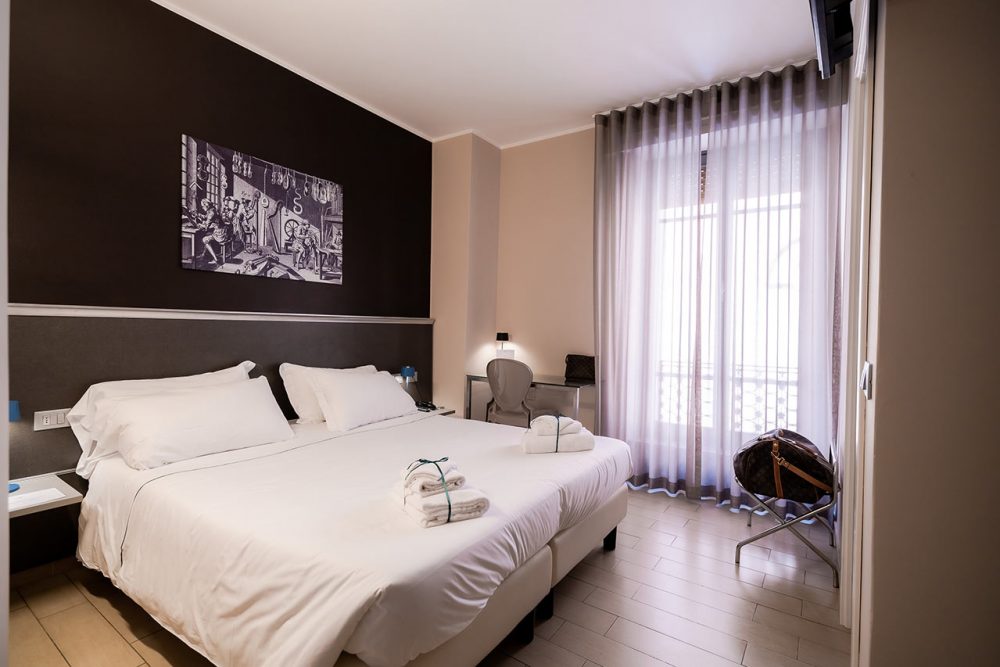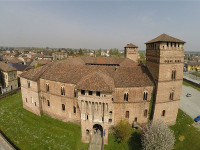- Art & Culture
Antonio Campi in Torre Pallavicina
Antonio Campi in Torre Pallavicina
It is starting on the 9th of September the new exhibition “Antonio Campi in Torre Pallavicina. The Saint Lucy Chapel”, which will be organized by the Diocesan Museum and which is the result of a cooperation with the Canesso Gallery in Milan. The exhibition can count on a lending from the Turin Museums and on some new interesting discoveries in the documents.
The event was announced by the Diocese’s website. This could be, in fact, the first opportunity to admire, recollected in a single space, the paintings belonging to a series of artworks painted by the famous Mannerist Cremonese painter for the Marquis Adalberto Pallavicino in the Seventies of the 16th Century.
Exhibited for the first time in the Canesso Gallery in 2021, the two night paintings by Antonio Campi (Cremona, 1522/1523-1587) were described 50 years ago by the art historian Maria Luisa Ferrari. As it is explained on the Diocese’s website, the recent discovery of the two artworks enhanced even more their importance: thanks to some specific researches carried out in the archives, Monica Visioli found a new document which allowed Mr. Marco Tanzi to update one of his recent discoveries.
In fact, he attributed to Antonio Campi two paintings of the Royal Museums in Turin which, till that moment, had been considered a work made by a Nordic painter. They were included in the Turin’s collections in the Fifties when, even if the artist was anonymous, the State had decided to acquire them for their high level quality. Only this year, thanks to the latest discoveries in the documents, it was possible to establish clearly that the two couples of paintings, the ones from Turin and those from Canesso Gallery, share a common place of origin: the The Saint Lucy Chapel of Pallavicino Barbò Palace.
Today it is well-known that the private chapel wanted by Adalberto Pallavicino was decorated by at least 15 paintings with the episodes of the Passion of Christ painted in the Seventies of the 16th Century: an unparalleled case in the mannerist Lombardy of that time. Out of the four artworks known today, those from Turin, with splendid colours and a big number of characters, show the expertise of the Cremonese mannerist artist, while the paintings from Canesso are some of the best examples of the light’s analysis and innovation which allowed Antonio Campi to paint some of the most interesting night scenes in Lombardy, before Caravaggio. We do not have any other information about the destiny of the other paintings fromTorre, some of them probably damaged or destroyed.
The recent discoveries presented in Cremona’s exhibition will be published in a book with new pictures.
Location: Diocesan Museum in Cremona, Piazza S.A.M. Zaccaria 4
Opening hours: from Tuesday to Sunday, from 10 a.m. to 1 p.m. and from 2.30 p.m. to 6 p.m.





































